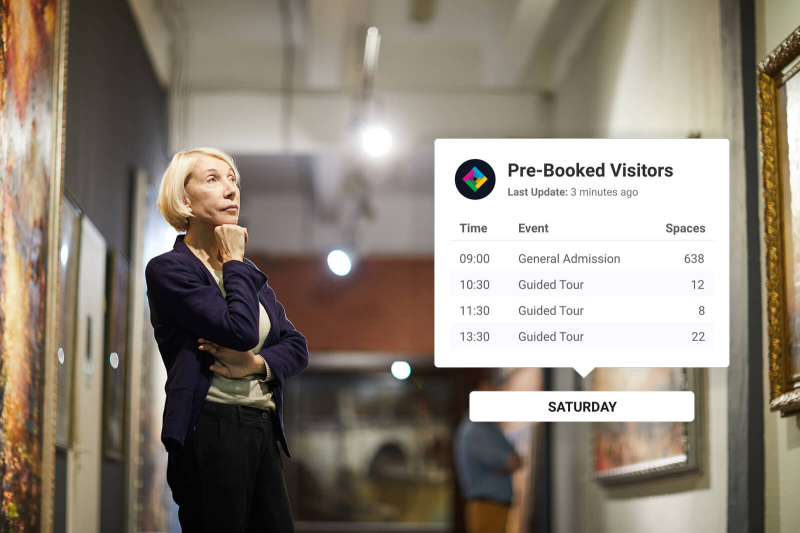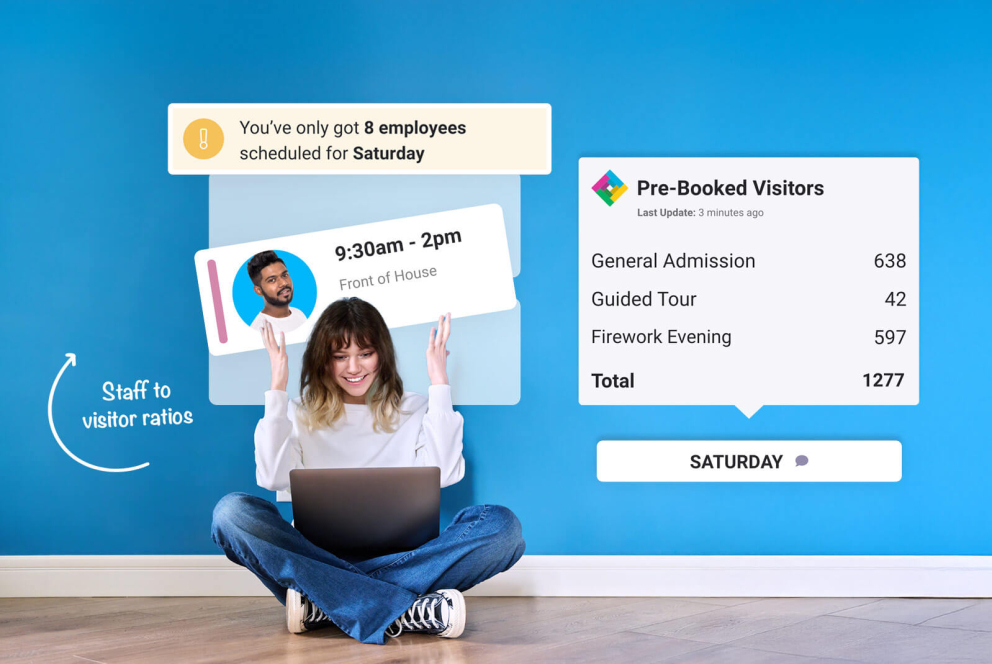Keeping track of hours worked, overtime and general timesheet changes can be a repetitive, time-consuming task when left to manage by hand. Today’s best staff scheduling systems ease the process by enabling departmental managers and HR leaders to keep tabs on who’s working, the number of time entries they’ve logged, total hours scheduled and total pay due over a certain time period.
An intuitive staff scheduling system should also be able to underpin sickness absence and cover processes, whether that’s reporting an absence, pinging managers with instant alerts, logging sick days or reassigning shifts to other available employees or volunteers. This ensures any unexpected disruptions don’t derail your museum’s operational performance.
The same goes for annual leave. Digitising the request process makes for a better employee and volunteer experience and allows managers to quickly check any clashes with other confirmed leave requests. That cuts the risk of understaffing, especially during peak times of the year.




